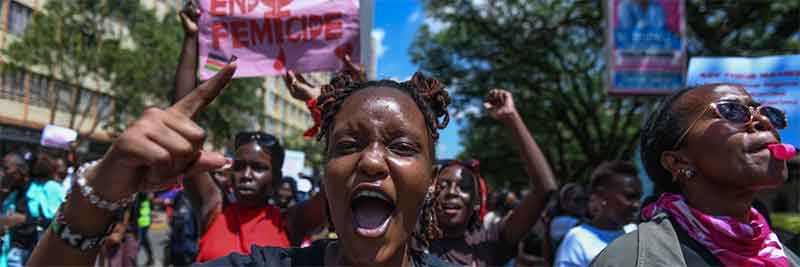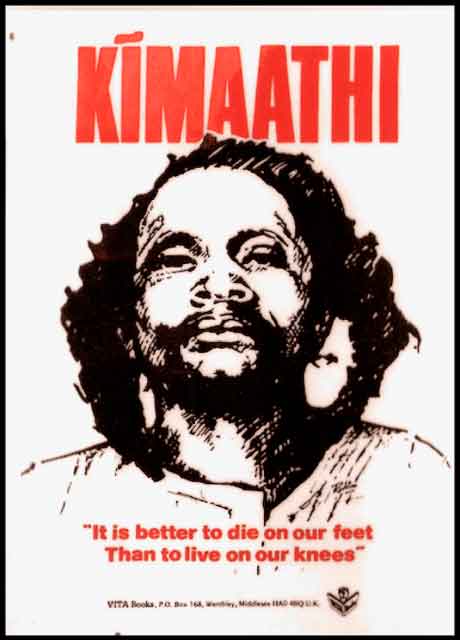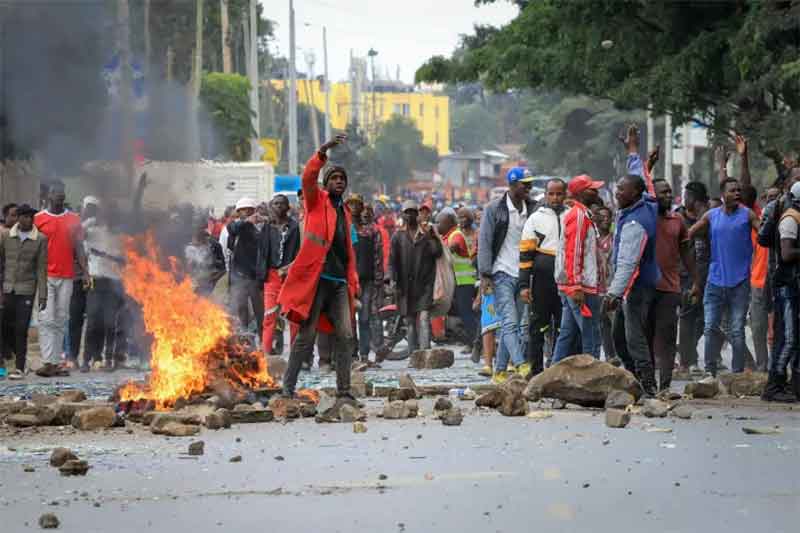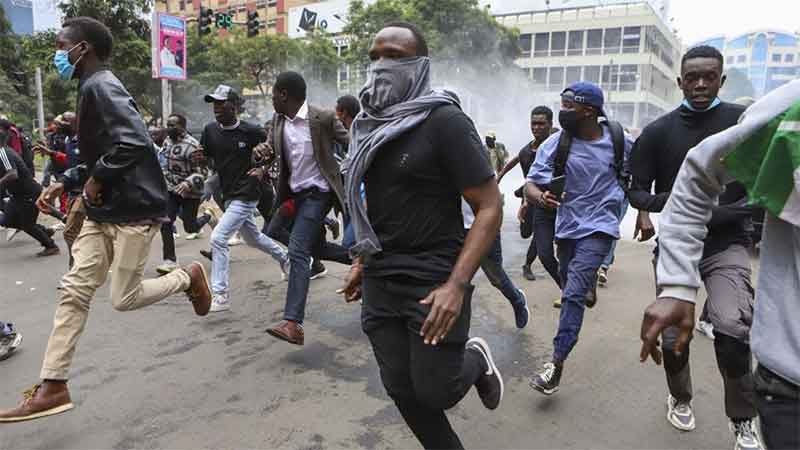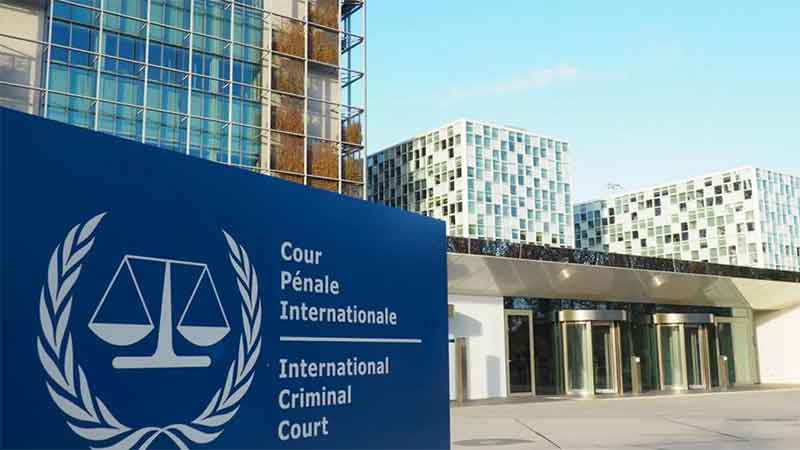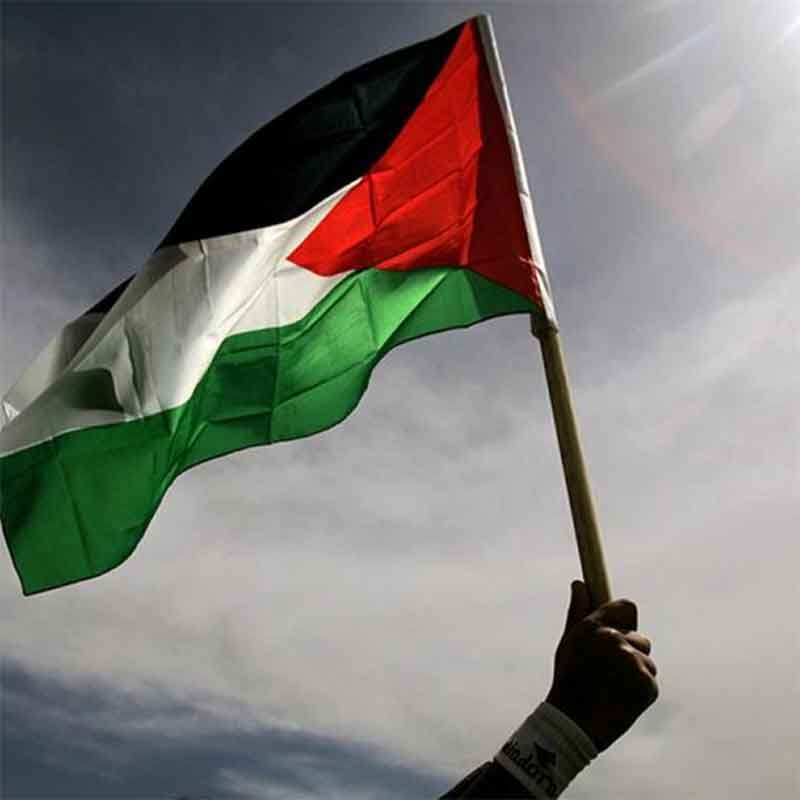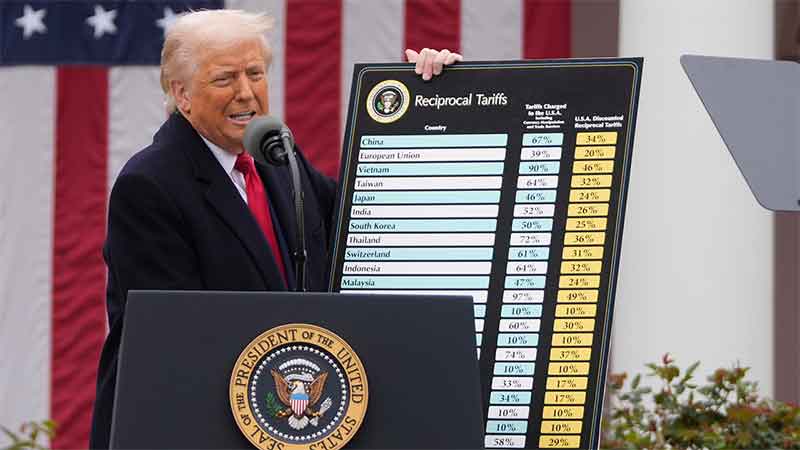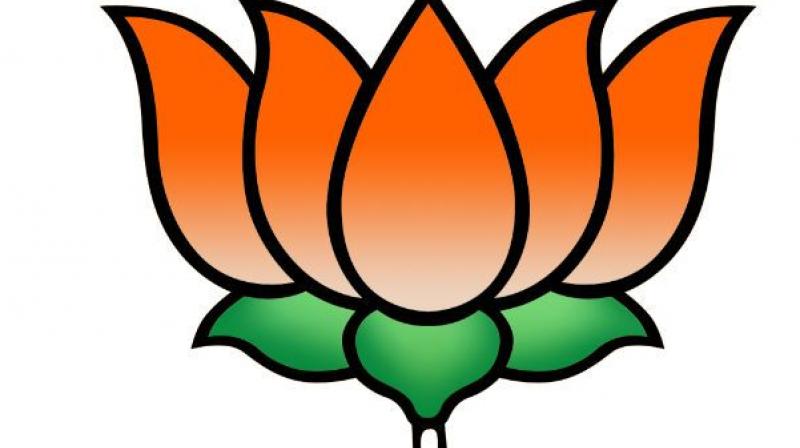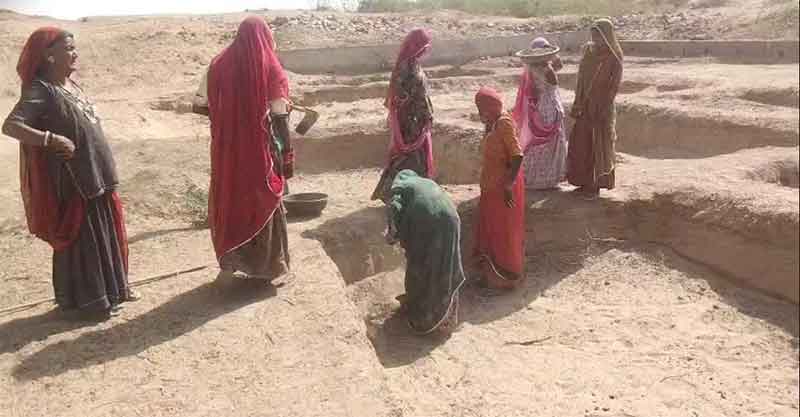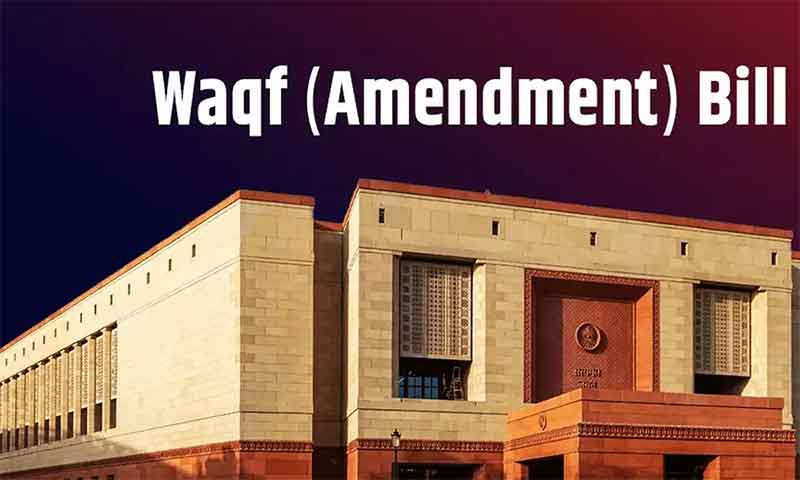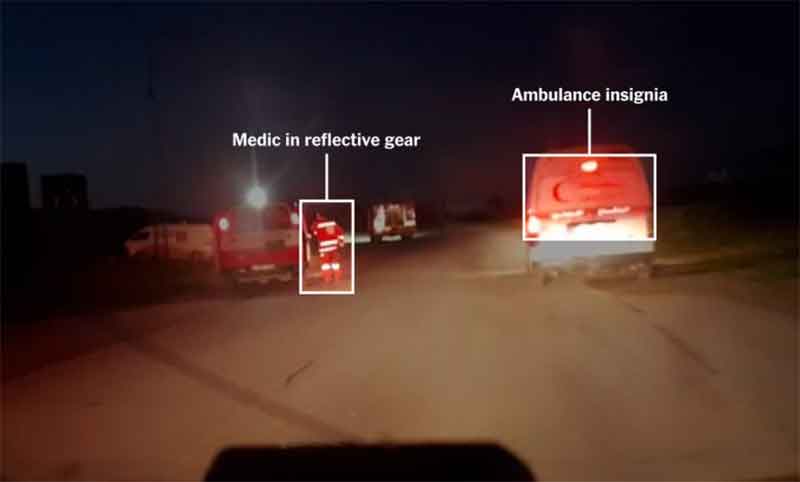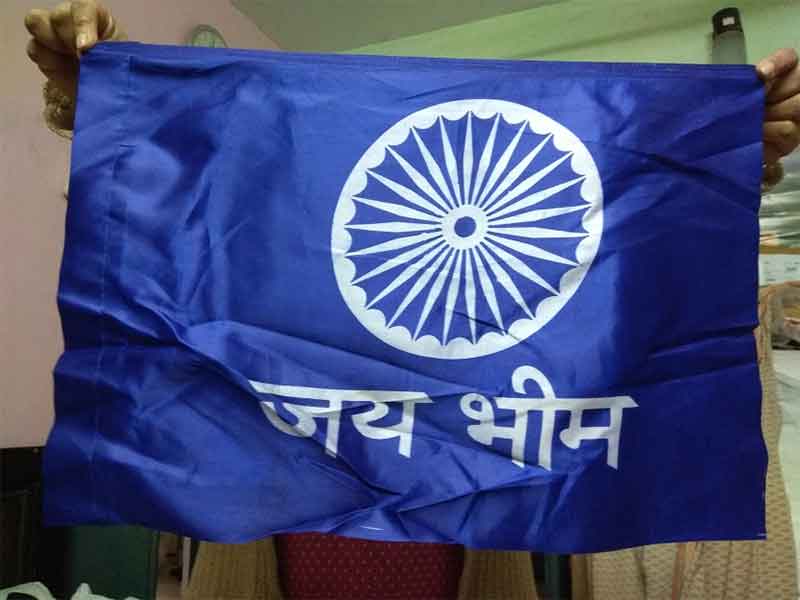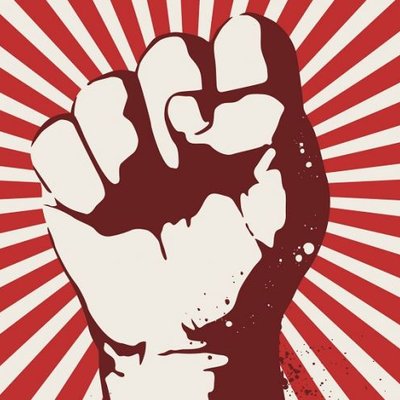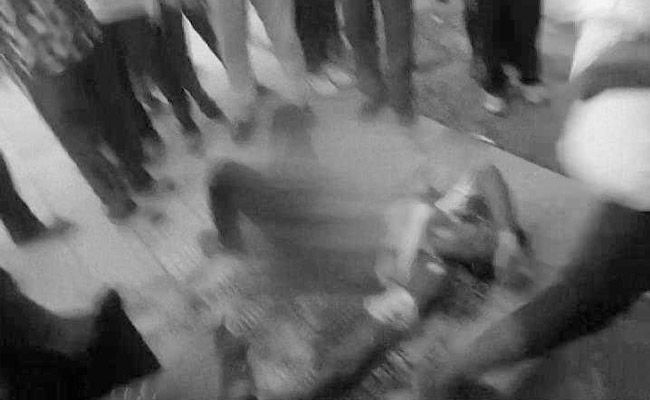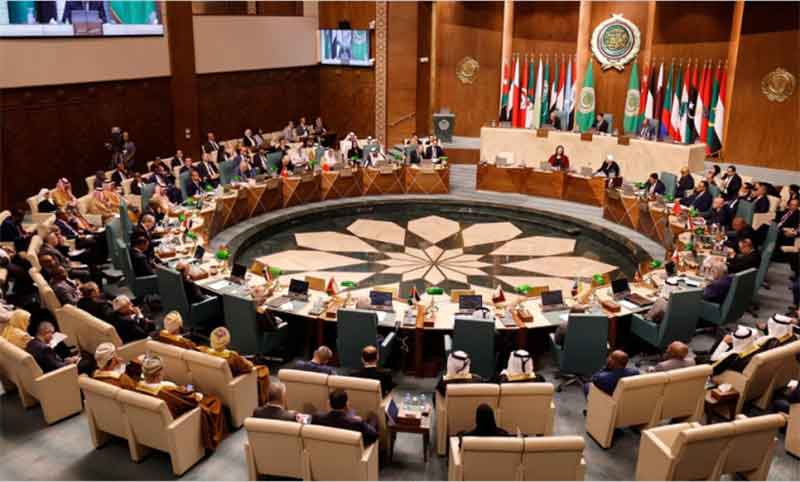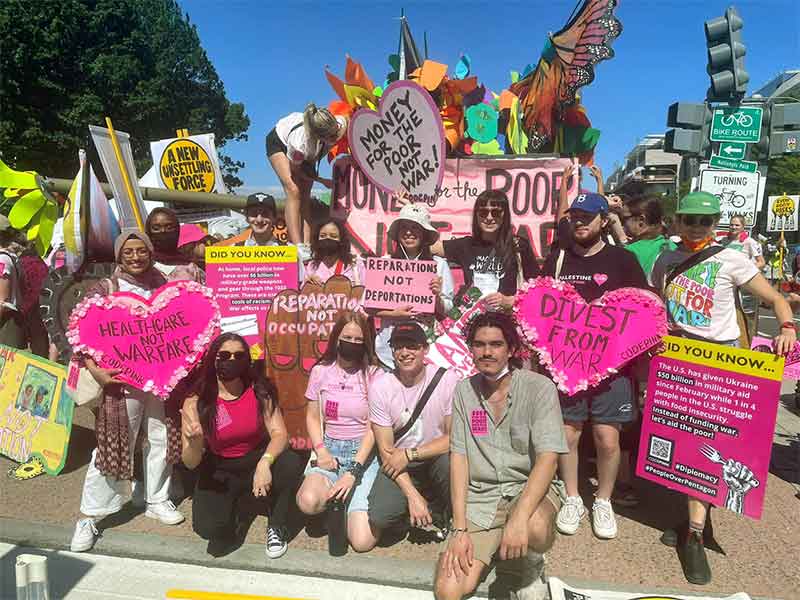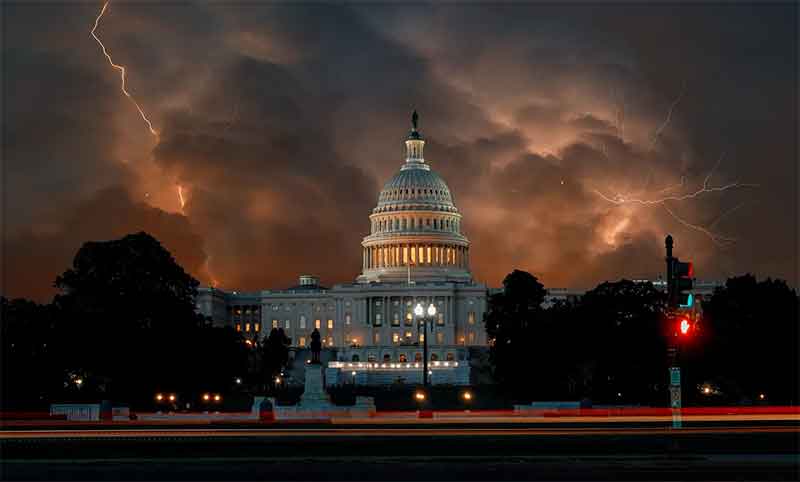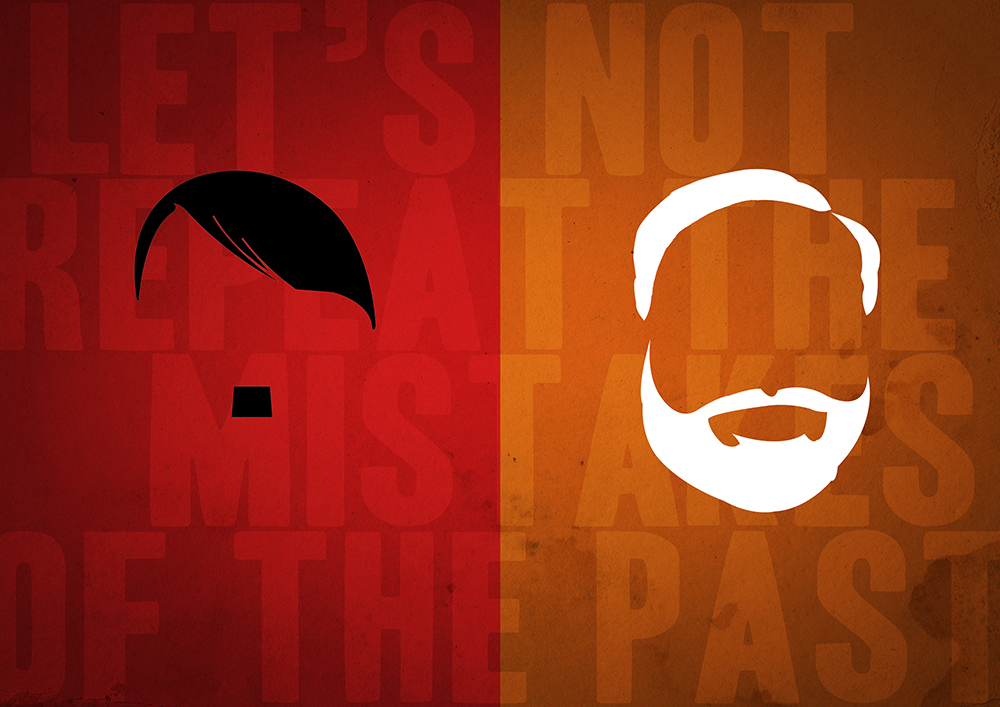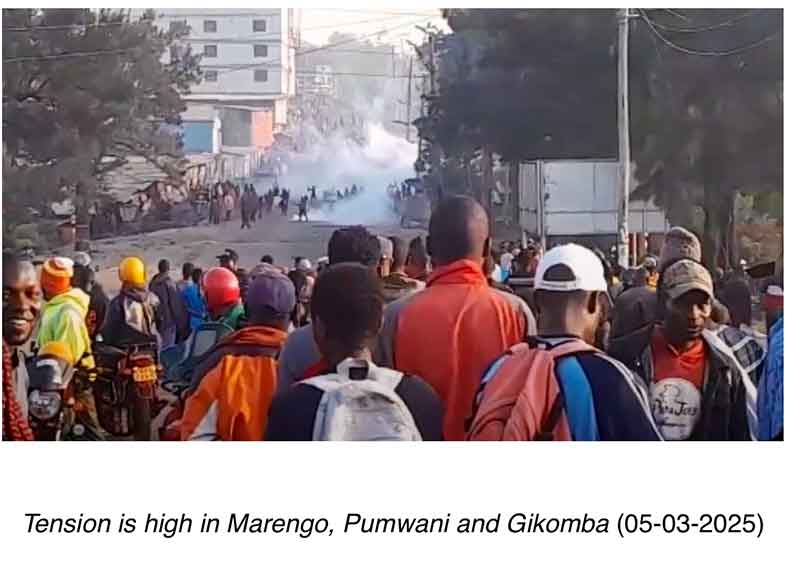
There has been much attention given to the actions by GenZs and others under the RutoMustGo resistance activities in Kenya . This is appropriate as these actions have been the open face of resistance in Kenya in the last year. However, such resistance is, by its very nature, short-lived and difficult to maintain over the long term as it lacks the foundation for sustained activity. This is not to say that it did not have an impact on events in the country. Any resistance to the comprador governments and their imperialist backers is one more step to liberation. As such, it has to be welcomed as any resistance politicises people and raises class consciousness among working people.
And yet, one must be careful not to mistake such resistance as the final act against the comprador government. Let us revisit what was said in August 2024:
Expecting to overthrow Ruto in the near future is rather an impossible wish. The resistance needs to be seen in its role as a long-term resistance movement and organised accordingly. They face the danger of being isolated by the regime and perhaps not supported over the longer period by their supporters and sympathisers.
Events have shown that the street marches and related resistance activities were not able to be sustained over the long period. An analysis of why that was not possible is necessary so that correct lessons can be learnt for this important historical event. To start with, the relative power relations between the comprador government and the resisters need to be understood. The above article said:
In the final analysis, Ruto has power — political power in terms of the parliament and government machinery, police and the army, control over social media, mass media as well as financial power. That is difficult to match for the resistance.
And at the same time, those opposed to the government have their own shortcomings:
Yet they face daunting tasks. For one, they do not have support of organised labour nor of organised peasant movements. There is thus a danger that they may be isolated by the comprador government and killed or disappeared or injured one by one. They have no organised defence to meet the organised assaults from Ruto who has time to see the resistance dwindle and die out. He can wait months or years if necessary, while the resistance has to struggle not only against state repression but also for their daily survival.
An important shortcoming of the resistance is the lack of a clear ideological position that alone can help to unite and strengthen those who are the victims of capitalism and form an umbrella resistance movement. Thus,
The resistance has not openly declared its vision of Kenya should Ruto and his system be defeated. Mau Mau declared boldly their aim of ‘Land and Freedom’. The underground December Twelve Movement and Mwakenya issued their Programmes and aims; the Kenya People’s Union sought socialism. This helped to energise and activate those who were not part of these movements. In contrast, the present resistance has not set out a clear vision that can help workers and peasants to support them and become part of the resistance movement.
The unity of the working class and other working people is essential for the final victory over the comprador government. Yet, as observed elsewhere, there is no working class movement that can lead resistance to capitalism and imperialism. But that is not to say that there is no working class resistance in Kenya today. Like many other forms of resistance, the resistance of workers and peasants has been kept hidden by the ruling class. And those who seek a change to the status quo are too busy discussing resistance to investigate the real power relation in the country and to undertake class analysis on each region and the country as a whole. Thus, there remains a vast gap in understanding the relative strength and weakness of workers and peasants against the forces commanded by the ruling class. The need is not only to raise class consciousness among people; it is also to understand and document the on-going class struggle that is already taking place but is little understood or recognised by the forces of the Left’. The comprador government understands the significance of such silent class struggle and takes steps to isolate all those active in that struggle. It is in this situation that the significance of people’s action such as the following ones reported in social media is ignored, lies:
05-03-2024:
“Tension is high in Marengo, Pumwani and Gikomba, where youth are engaging police following the fatal shooting of one of their own by a police officer. Protests have escalated, leading to the confrontation with law enforcement”.
“Youth have currently burnt down Shauri Moyo Police station. And are engaging them in running battles.”
“Protests erupt in Nairobi’s Marengo area after one person was shot dead by police. Police houses and vehicles torched”.
“Ongoing protests have severely disrupted movements in Jogoo Road, Shauri Moyo and areas near Gikomba Market following the alleged police shootings of two boys in Majengo-Pumwani, including a 17-year-old with a disability”.
Update on Pumwani/Marengo Protests: “Protests have spread to Jogoo Road, particularly around Burma Market and City Stadium. However, police quickly intervened, managing to contain the small number of protesters in these areas. …While the situation is calm, there is a sense of tension in the air.”
The situation in Kenya today is one where legitimate opposition activities are not allowed, where the Constitution is not respected, where Court rulings are ignored by the government. Workers cannot form independent, militant trade unions. Peasants and the landless cannot demand the return of their lost lands. As such, workers, peasants and working people have to resort to actions that are legitimate in the given situation. It may be in the interest of the comprador ruling class to ignore such signs of people’s defiance as they have stolen enough resources to live out their lives of luxury should they be forced to flee the country. It may suit imperialism to watch in silence as the embers of death and disasters are lit in the country by their chosen comprador leaders of Kenya. However, it is the working people who are paying with their lives, their properties and their lost lands for the chaos that imperialism is busy creating for Kenya in its own interest.
While the focus of attention is on the RutoMustGO and GenZ resistance, there is a bigger force of resistance building up in the country. Seemingly silent for now, once awakened fully, this force cannot be stopped. It may lead to liberation from capitalism and imperialism. Or to chaos, depending on how imperialism plays its hand.
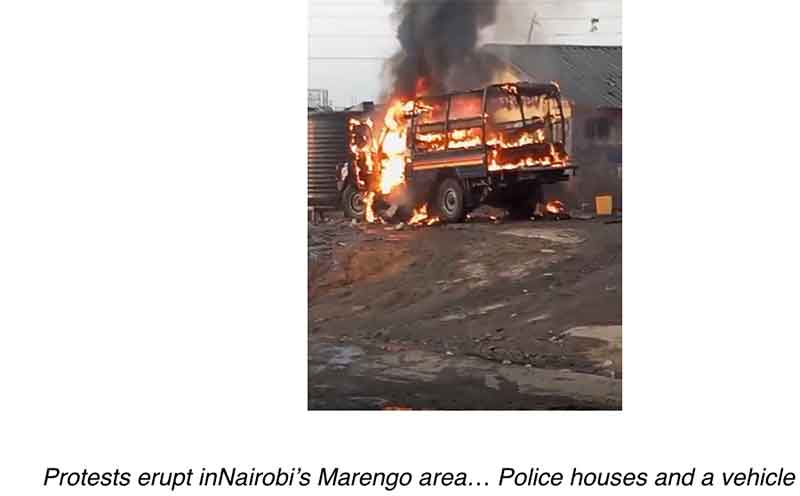
Shiraz Durrani is a Kenyan political exile living in London. He has worked at the University of Nairobi as well as various public libraries in Britain where he also lectured at the London Metropolitan University.


